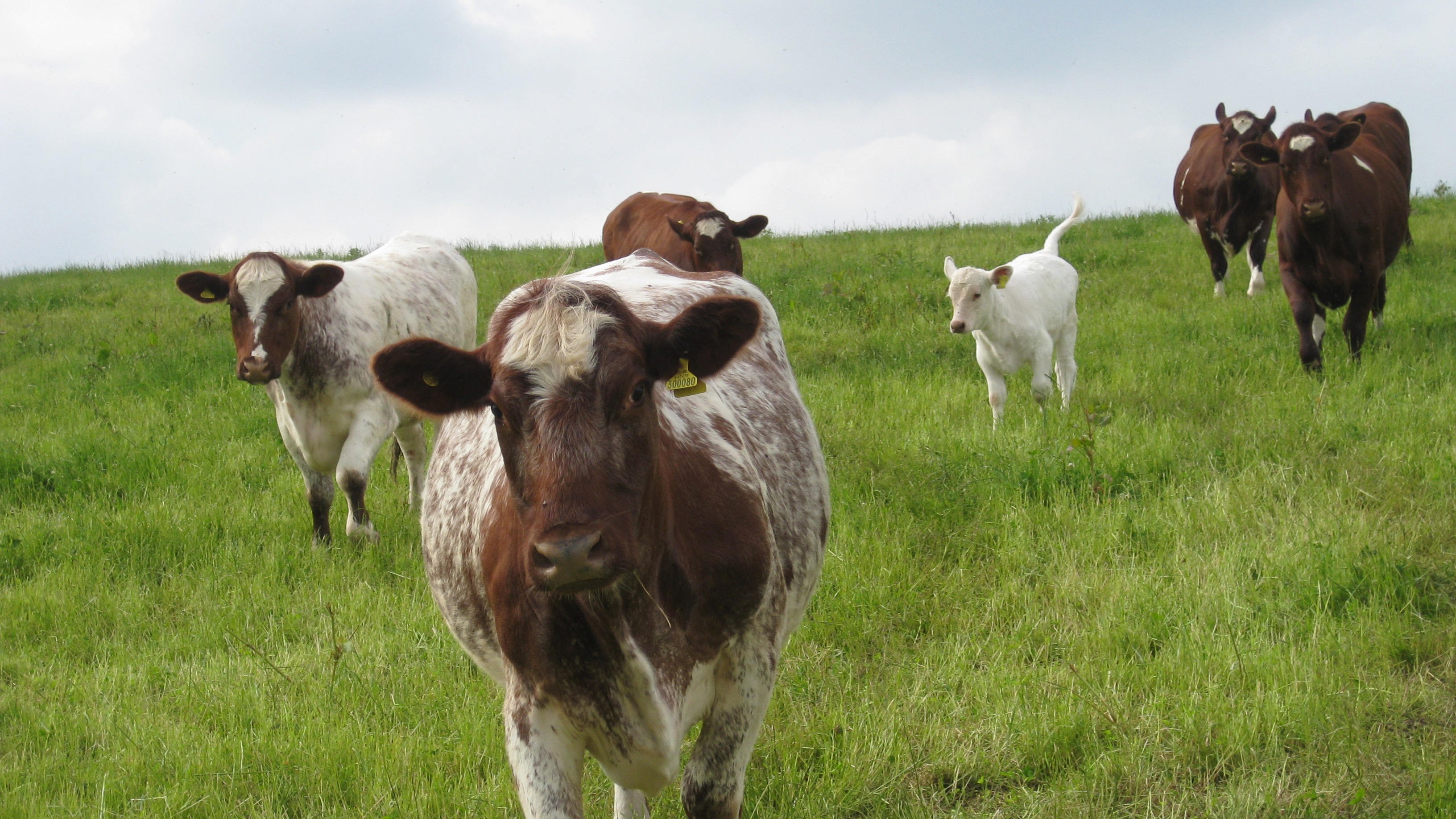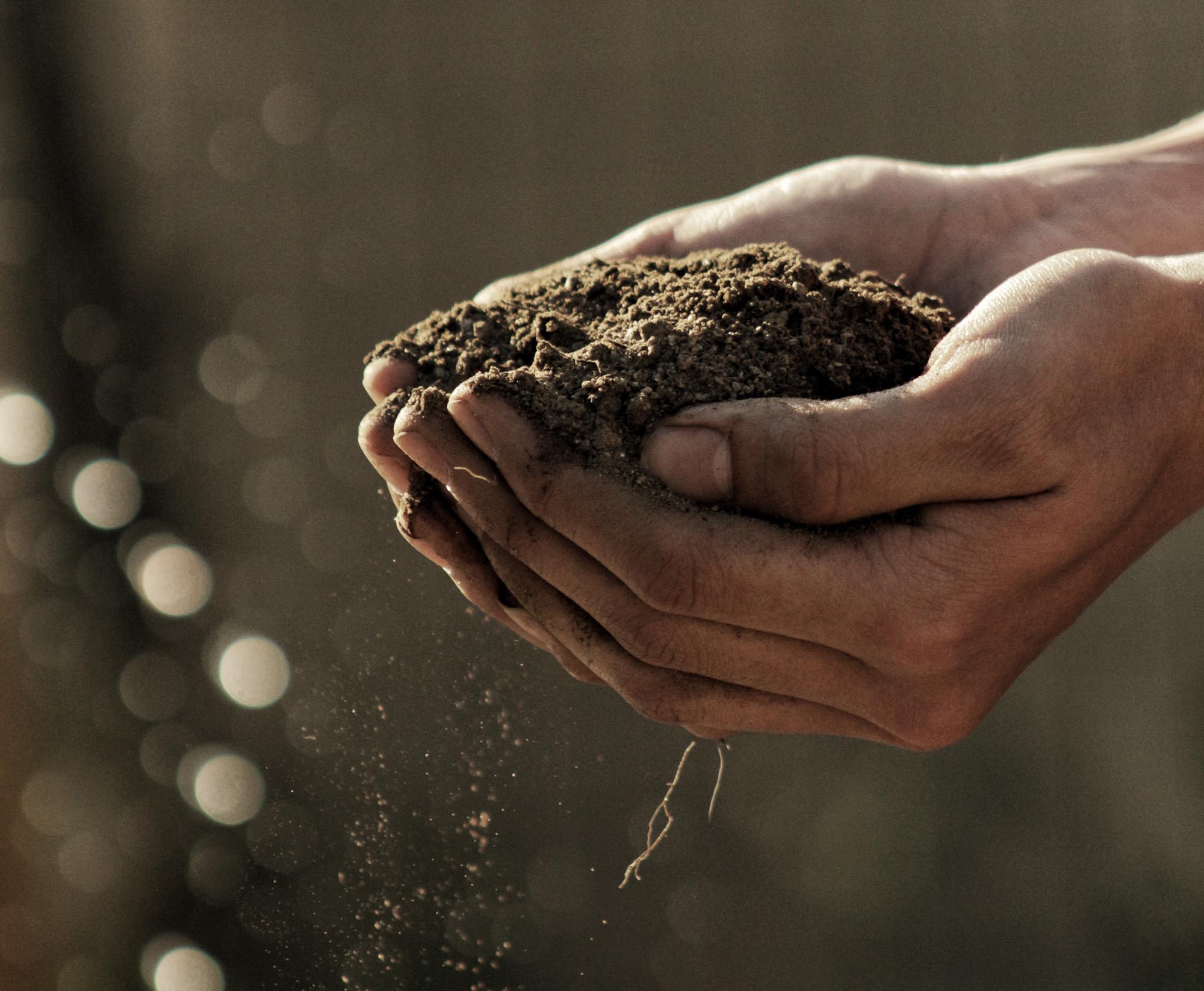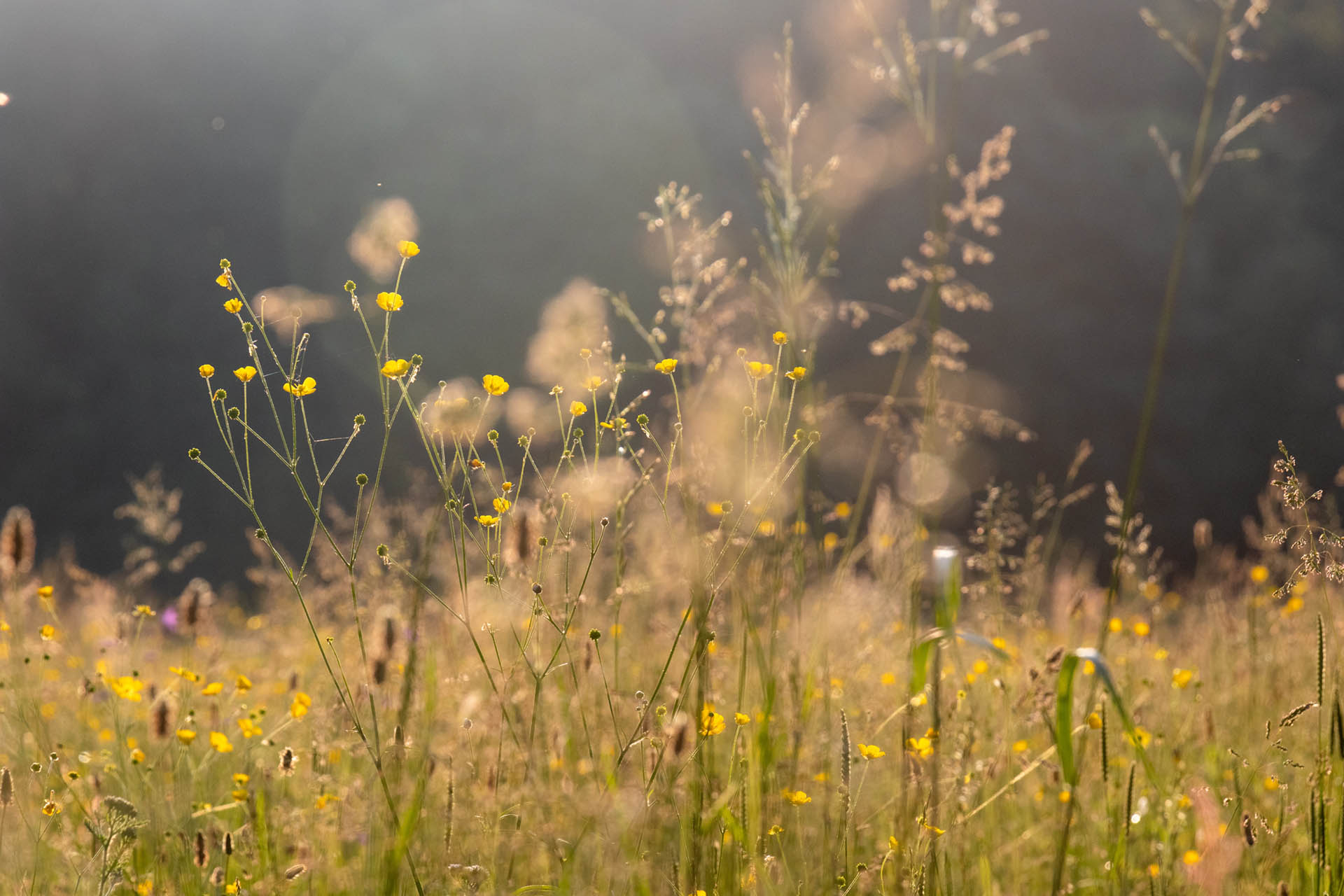See our short film, Pasture-fed Production, describing the project findings. A Policy and Practice note which covers livestock related projects under the Global Food Security programme will also be available soon. Publications arising from the project are listed on the results page.


